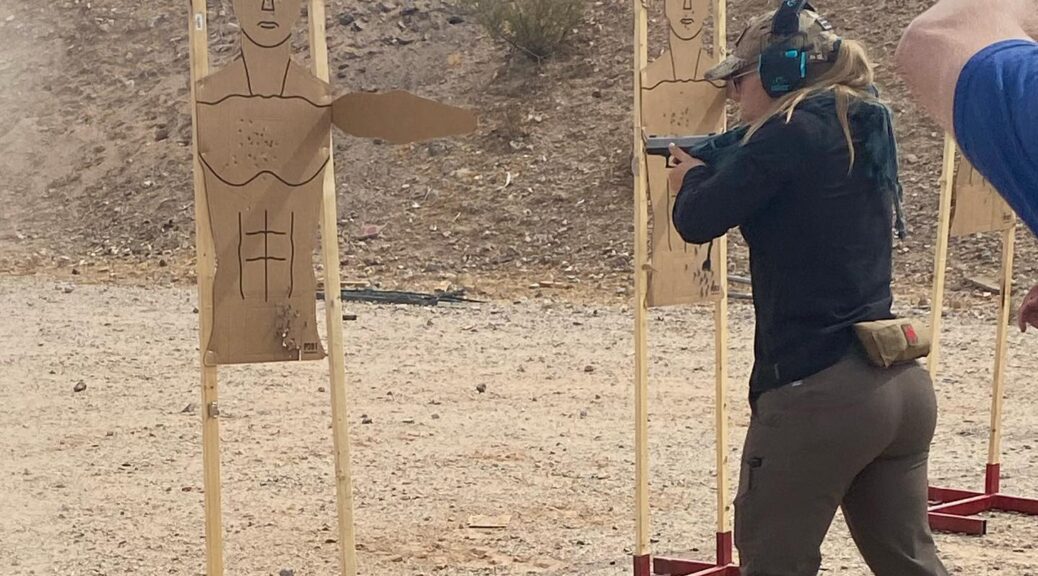In part one, we looked at how far away seven yards truly is, and how that impacts our defensive reactions. In part two, we are going to examine how that distance understanding plays into our access, draw, and use of a firearm.
As we saw in the previous part, it is well established that the average person can cover seven yards in a second and a half, and we can now understand that an average means there will be plenty of people on either side of that mark. So we cannot assume we will always have a full 1.5 seconds even at seven yards.
Once we know that, we need to match it to what we can do. Do you know what your cold, on demand concealed draw is, while wearing normal day to day clothing, that has not been shifted to a position ahead of time to help facilitate the draw? In other words, what can you do when you are not warmed up and wearing a loose shirt that you have already cheated to start to get it out of the way. That is the only metric that matters.
Once you truly know what your realistic draw is, then you can look at what you can do against an encroaching attacker. However, it is not quite this simple. There are some mitigating factors that come into play.
First, Let’s look at the setup of the Tueller test. Good guy seven yards away from bad guy, both waiting for the start signal. Then the bad guy runs at the good guy and attempts to touch him in the torso with his fake knife. So the good guy knows what is coming and all he has to do is go at the buzzer. That has almost nothing to do with the private citizen moving through the real world. You will rarely have equal initiative with the bad guy. I know we like to believe we are walking around like John Wick, but we are not. There will almost certainly be a reactionary mental gap, which tends to be .20 – .25 of a second. So we now need more distance, perhaps as much as a yard.
Second, the bad guy in the real world is not always coming at you with a knife. He may be rushing at you and all he needs to do to stop your gun use is to grab it. So if he reaches as he closes the distance, he gains up to a yard extra that is covered by his outstretched arms and not his whole body. Which means we need even more distance before we begin.
Third, all of us in the gun training community tend to default to full extension of the handgun, because that is generally the best way to use it – it gives us a better grip for stabilization and recoil control, and it gets the gun into our eye line for better accuracy. Usually this is a plus, but if the bad guy is rushing at us, we are now giving him up to a yard (our outstretched arms) less distance to cover. Which translates once again to us needing more distance to make sure we can use our gun the way we would like for it to be effective.
So let’s add this up. If you have a solid cold 1.5 second draw, and you are facing an average bad guy, if he starts at seven yards or less, he will be on you and be able to grab your gun before you can fire the first shot. Realistically, you will need 8-10 yards to be able to get 3-5 rounds into him. If he is faster than average (and remember, we have zero way to know if that will be the case), and if your actual draw is slower, you may need even more distance.
Am I arguing that all bad guys will rush you every time? Of course not. They may well stand their ground, or move at a slower pace. And our standard range training prepares us well for that event. However, that will not be the case every time, and you will not know ahead of time what the bad guy will do, so perhaps we need to at least entertain the possibility, and maybe do a bit of physical preparation for such a scenario. Dennis Tueller gave us the baseline, so lets not waste his work.

